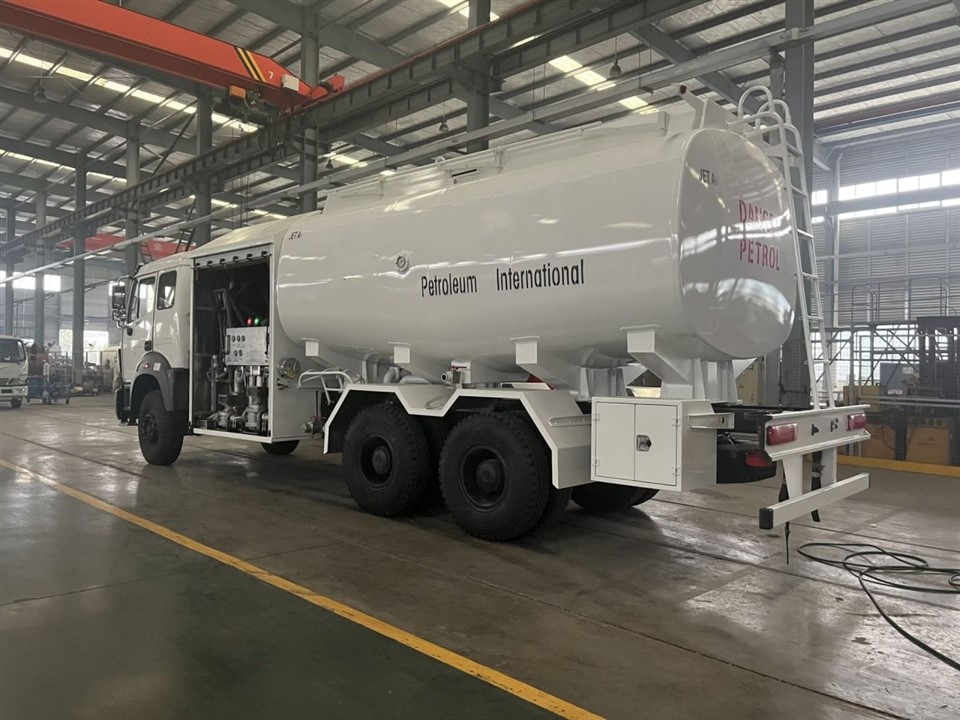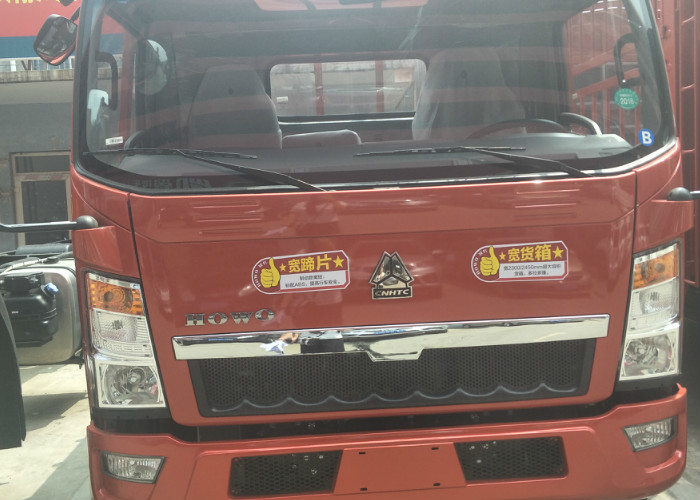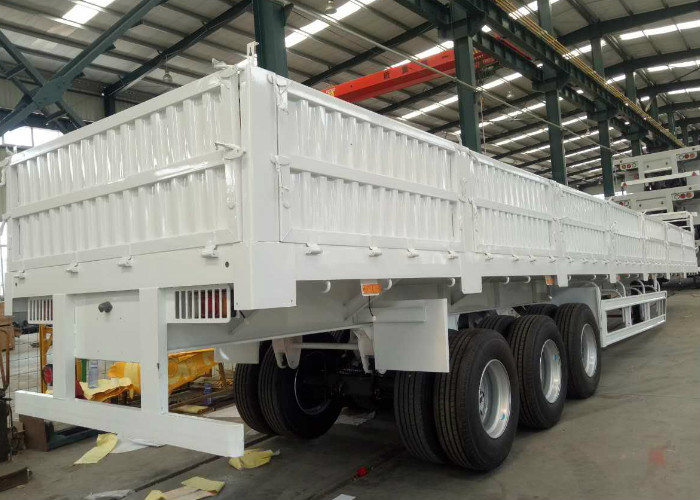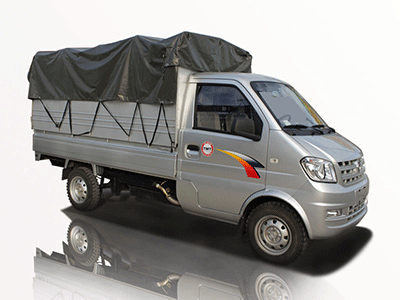Introduction
The world of transportation and logistics relies heavily on various types of trailers to move goods efficiently across distances. Two of the most commonly used types are full trailers and semi trailers. Understanding the distinctions between them is crucial for businesses, truck drivers, and anyone interested in the transport industry. In this article, we’ll explore the basic definitions, structural differences, uses, advantages, and disadvantages of full trailers and semi trailers. By the end, you’ll have a comprehensive understanding of their functionality and practical applications.
Understanding Trailers
What is a Trailer?
A trailer is a non-motorized vehicle designed to be towed by a motorized vehicle, usually a truck. Trailers are used to transport a variety of goods, from machinery to food products, and are available in different configurations based on the needs of the transportation industry.
Types of Trailers
Trailers can be categorized into several types, including:
- Flatbed Trailers
- Enclosed Trailers
- Reefer Trailers
- Full Trailers
- Semi Trailers
Full Trailers: An In-Depth Look
Definition of a Full Trailer
A full trailer is a type of trailer that has its own axle and wheels. It is towed by a towing vehicle, allowing it to be completely independent of the vehicle it’s connected to. Full trailers can carry heavy loads and are often used for transporting large items.
Structure of a Full Trailer
Full trailers are designed with the following components:
- Axles: Full trailers typically have two to four axles, which provide stability and weight distribution.
- Coupling Mechanism: The trailer is connected to the towing vehicle using a hitch.
- Body: The body can be open or enclosed depending on the type of goods being transported.
Uses of Full Trailers
Full trailers are commonly used in industries such as:
- Construction (for carrying heavy equipment)
- Agriculture (for transporting farm produce)
- Automotive (for transporting vehicles)
Advantages and Disadvantages of Full Trailers
| Advantages | Disadvantages |
|---|---|
| High load capacity | More difficult to maneuver |
| Stability when loaded | Requires more space for parking |
| Can be used for a variety of goods | Generally heavier, increasing fuel consumption |
Semi Trailers: An In-Depth Look
Definition of a Semi Trailer
A semi trailer is a type of trailer that cannot fully support itself and relies on a towing vehicle for balance. Semi trailers attach to a tractor unit, which supports most of the weight of the load, allowing them to carry larger cargo while being more maneuverable.
Structure of a Semi Trailer
Key components of a semi trailer include:
- Fifth Wheel Coupling: A semi trailer connects to the towing vehicle via a fifth wheel that allows for articulation.
- Axles: Most semi trailers have one to three axles, depending on their design and load capacity.
- Body: Semi trailers can be flatbeds, refrigerated, or enclosed, depending on their use.
Uses of Semi Trailers
Semi trailers are predominant in various industries including:
- Logistics and Freight (long-distance transportation)
- Retail (for carrying consumer goods)
- Food Services (for transporting refrigerated items)
Advantages and Disadvantages of Semi Trailers
| Advantages | Disadvantages |
|---|---|
| Easier to maneuver | Requires a tractor unit to operate |
| Lighter and efficient fueling | May have lower load capacity compared to full trailers |
| Flexible loading and unloading | Increased risk of wear on the trucking unit |
Key Differences Between Full Trailers and Semi Trailers
Structural Differences
The main structural difference lies in how they connect to the towing vehicle. Full trailers use a hitch while semi trailers use a fifth wheel, which allows for easier articulation during turns.
Load Capacity
Generally, full trailers can carry heavier loads compared to semi trailers because of their additional axles and the weight distribution system involved in their design.
Maneuverability
Semi trailers tend to be more agile due to their articulated design, making them better suited for urban driving and tight spaces. Full trailers require more space for navigation and parking.
When to Use Full Trailers
Full trailers are ideal for:
- Heavy machinery and equipment transportation.
- Long-term haulage of bulk loads.
- When independent trailer loading and unloading is necessary.
When to Use Semi Trailers
Semi trailers are better suited for:
- Logistics operations needing quick loading and unloading capabilities.
- Transporting goods in urban or suburban areas where maneuverability is important.
- Long-haul routes with varying road conditions.
Practical Tips for Choosing Between Full and Semi Trailers
Consider Your Transport Needs
Evaluate the types of goods you will be transporting. Weight and dimensions are critical in deciding between full and semi trailers.
Evaluate Driving Conditions
Assess whether you will be operating in urban areas with tight spaces or on highways where larger units can navigate more easily.
Cost Analysis
Consider the initial purchase cost, maintenance, and operational costs associated with both types of trailers. Semi trailers may offer lower fuel consumption while full trailers can handle heavier loads but may require more fuel.
Understand Legal Requirements
Research the legalities concerning trailer operation in your area, as regulations may differ by region and weight class.
Frequently Asked Questions (FAQs)
1. What is the main advantage of a semi trailer over a full trailer?
The primary advantage of a semi trailer is its maneuverability, making it easier to handle in tight spaces and urban environments.
2. Can you use a full trailer for long-distance hauling?
Yes, full trailers are well-suited for long-distance hauling due to their higher load capacity.
3. Are semi trailers safer to drive than full trailers?
Generally, semi trailers can be considered safer due to their articulated design, which allows for easier handling during turns.
4. Is it possible to convert a full trailer to a semi trailer?
While technically possible, converting a full trailer into a semi trailer requires significant structural changes and is not commonly done.
5. What type of goods are best suited for full trailers?
Full trailers are best for transporting heavy, bulky items such as construction equipment and large agricultural products.
6. What are the maintenance requirements for both full and semi trailers?
Both trailer types require regular inspections, tire maintenance, brake checks, and axle servicing to ensure safety and effectiveness on the road.



